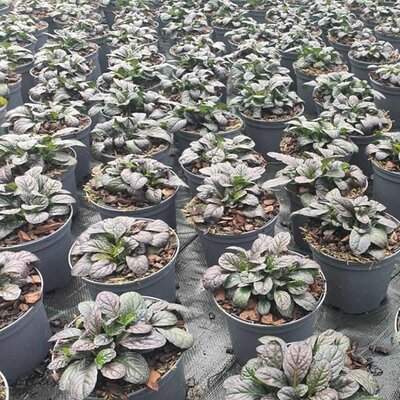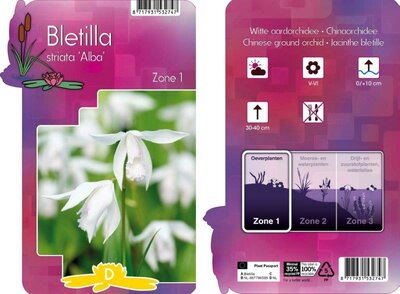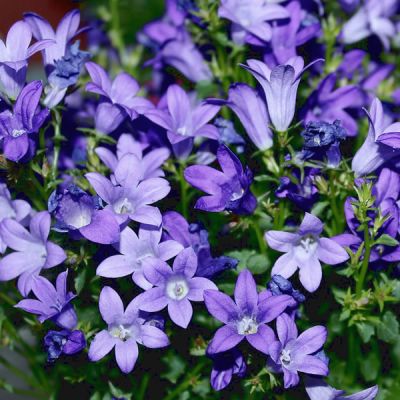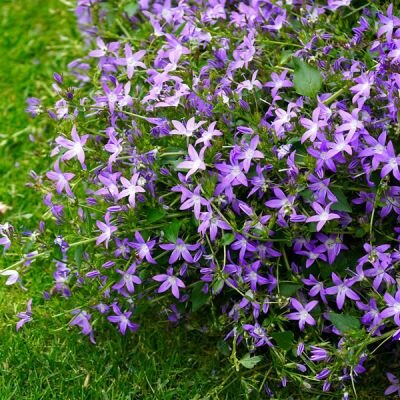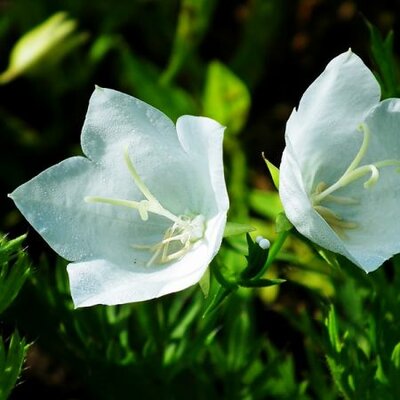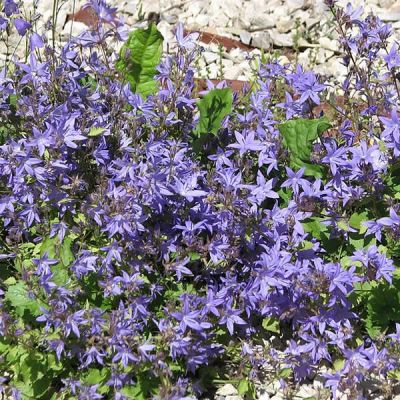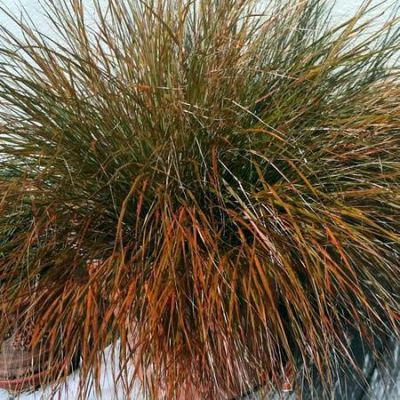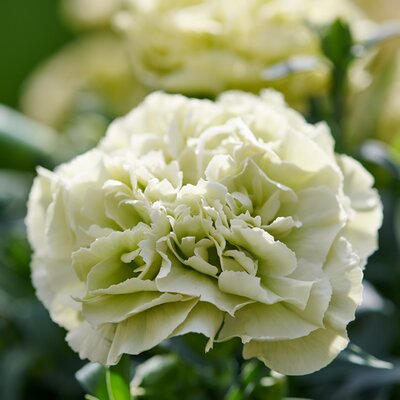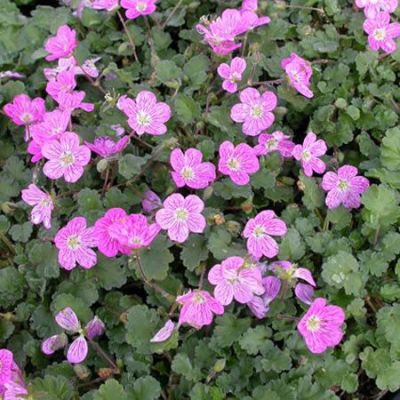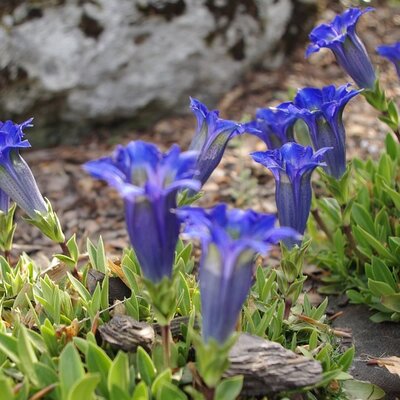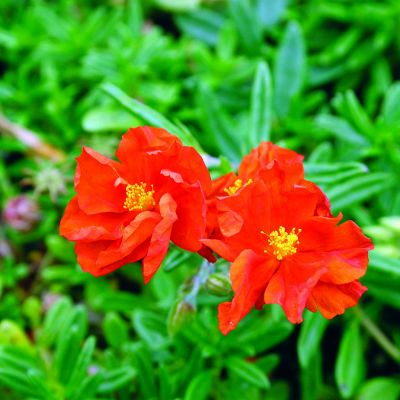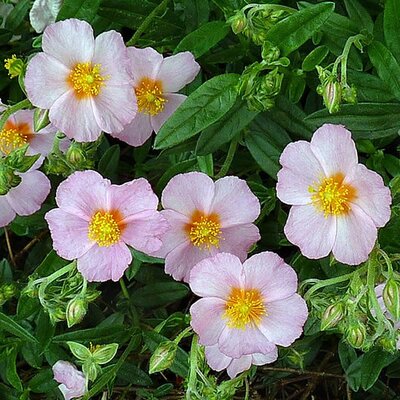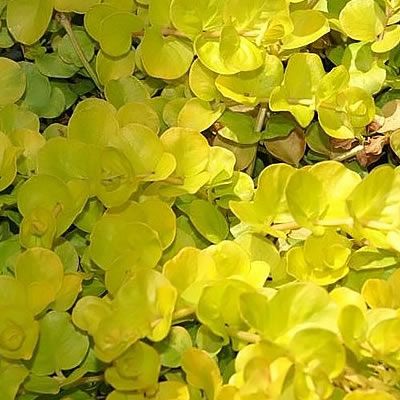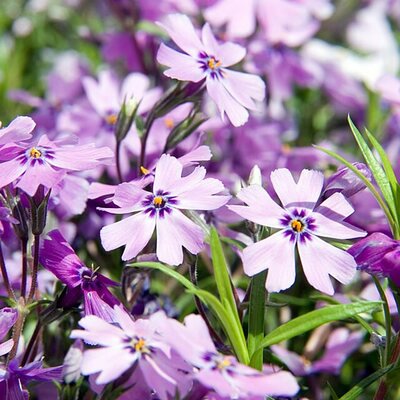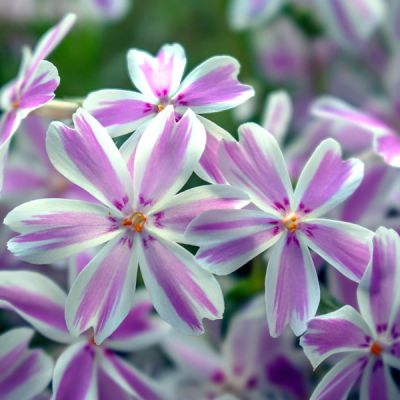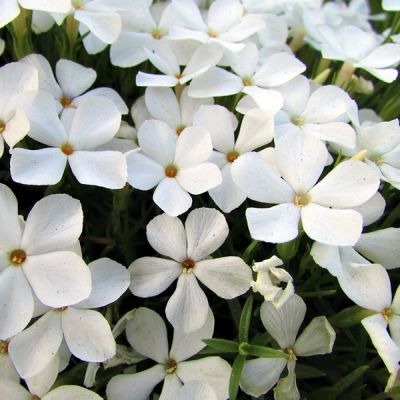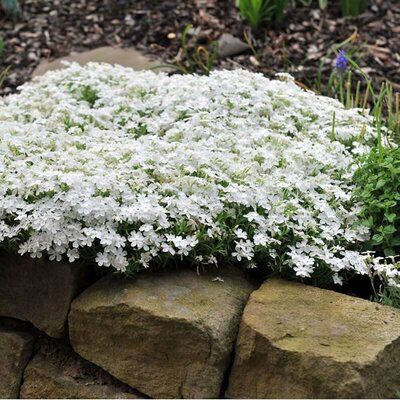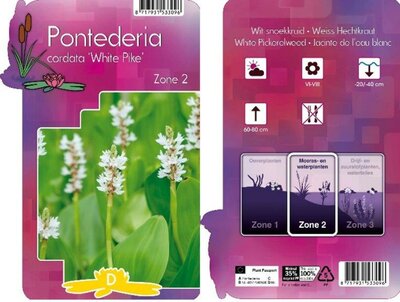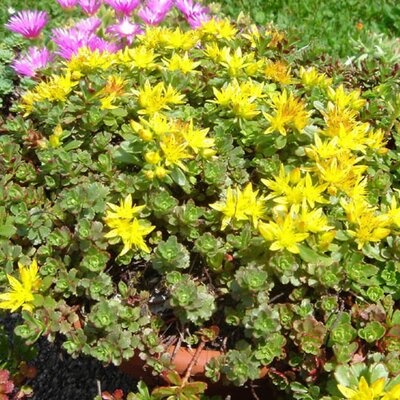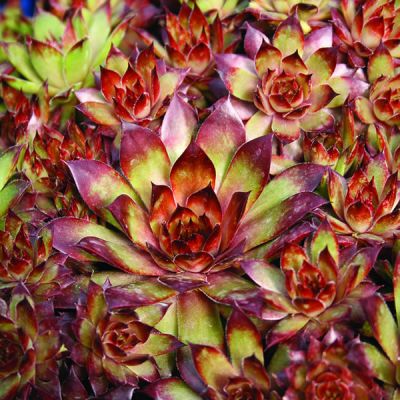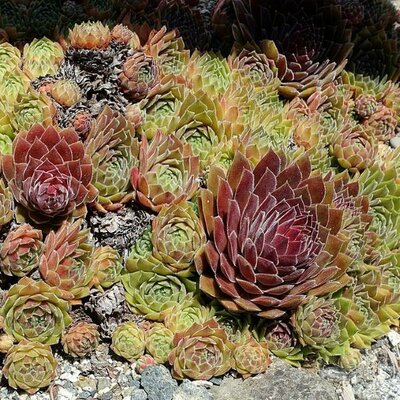Alpine Plants
Alpines usually originate from high altitudes in areas where there is good drainage, cold dry winters and good light levels, so these are things to bear in mind when finding the right spot for these plants. Alpines are hardy plants and will survive even the coldest of winters as long as they are not sitting in water. They are ideal for rock gardens and planting up in pots and basins but if you are planting in a container, be sure to add some grit and ensure there is good drainage. You can also see our 'Tips on Growing Alpine Plants' below >>>
SPECIAL OFFER - We have a range of alpines available in 9cm pots - 4 for €12 (or €3.99 each) - Click here for details >>>
Filter products
Tips on growing Alpine Plants:
It's often believed that growing alpines is a tricky business or that you must have a rockery or basin to grow them in but the truth is that alpines are resilient plants and there are plenty to choose from that will grow with very little maintenance, whether in a raised bed, well drained border, trough, container or rock garden.
When to plant?
Alpines are best planted out in the spring between March and May, whenever the soil is starting to warm up. This gives the plants chance to settle in and spread their roots a little before any dry summer weather comes along. Autumn is also a good time if the weather is cooler and the soil is moist.
That is not to say that they can't be planted through the summer, it is just that they will require a bit more watering through the drier months to ensure they become established.
Where to plant?
Alpines have grown in a variety of mountainous conditions across the globe and most of those you will find in garden centres such as ours will be the more resilient varieties that suit our climate. Generally the main requirement for alpines is good drainage. If you think about it, as an alpine, these plants are used to rainfall that comes and goes, washing down the mountainside, so they don't like to sit in water.
Whilst growing in a basin, or trough with good drainage or a rockery, is ideal, they will happily grow in a well drained bed or border and can make very attractive edging plants. If you are concerned about the moisture in your borders, then it is possible to mound up the soil, perhaps mixed with some compost and grit, effectively creating a well draining raised bed to plant them in. It is often recommended to top your bed with about a 5cm depth of grit and dig it in to the top 10cm of soil.
How to plant?
With your soil well prepared, you can dig a hole a little larger in diameter than the pot and to about the same depth. Remove the plant from the pot and untangle any long roots that are spiraling by teasing them apart. You can then lower the roots in (which are usually quite long on alpines) backfilling with soil as you go to minimise air-pockets and keeping the neck of the plant slightly raised from the bed surface (this will prevent your plant getting wet at the neck which may cause rot).
Water thoroughly and if you have fairly heavy soil, add a layer of coarse gravel on the surface. Unless you planted in the summer, you probably won't need to water them again and hopefully you'll be able to appreciate them for years to come without any further maintenance.

